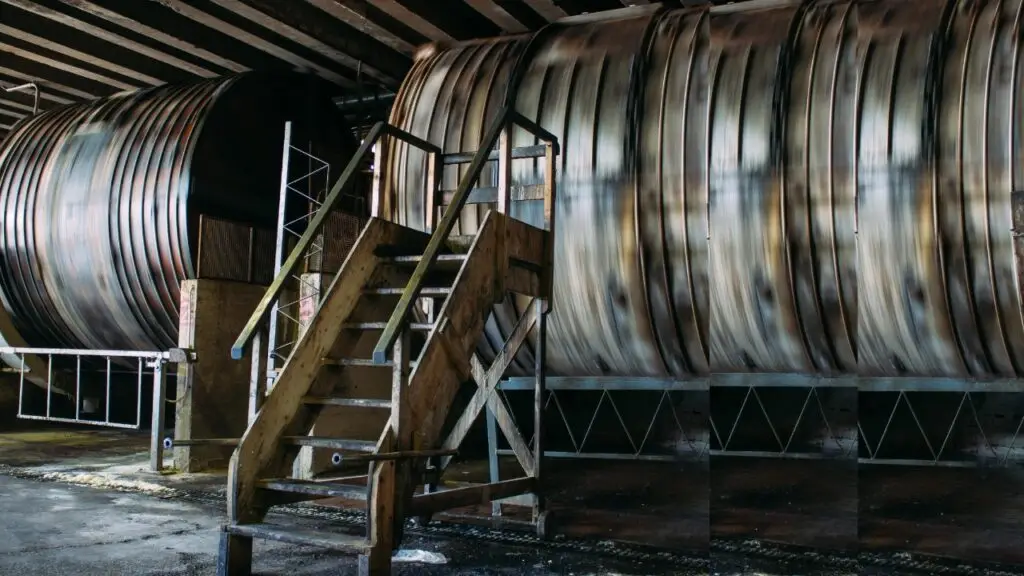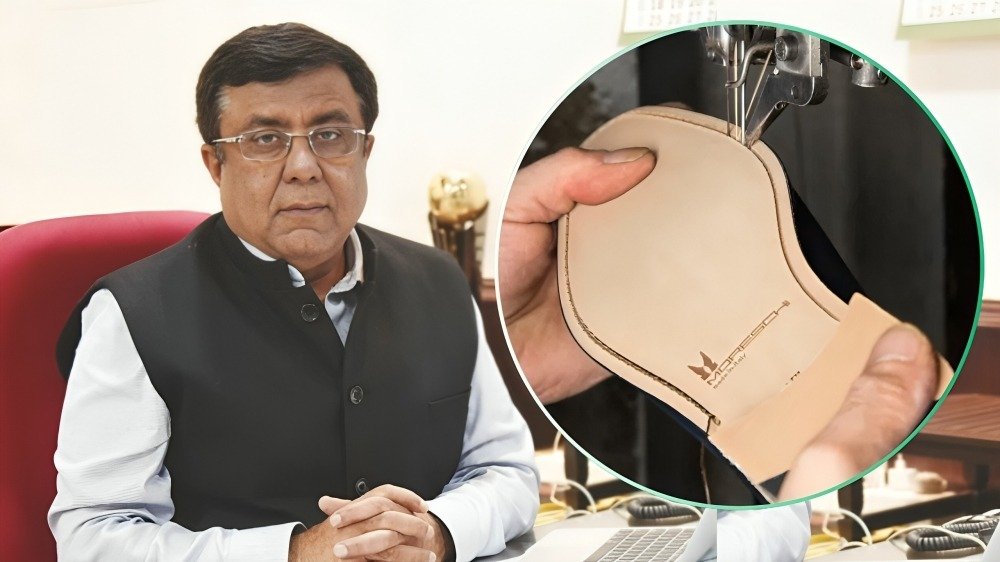In a significant move aimed at strengthening the fashion industry’s leather sector, the Regional Council of Tuscany, Italy has approved a resolution to support the leather industry, particularly focusing on the Santa Croce sull’Arno and Ponte a Egola districts of Italy. This resolution addresses the industry’s challenges and outlines strategic measures to aid its recovery and sustainability.
The Tuscany leather industry, known for its high-quality products, has faced numerous challenges in recent years. To address these issues, the Regional Council of Tuscany has given the green light to a series of measures designed to support the entire fashion supply chain, starting with the leather sector. This decision is part of a broader strategy to sustain and develop the regional fashion industry, which is a significant contributor to the local economy.
The resolution, which was passed with a majority vote, commits the regional government and the President of Tuscany to engage with the national government. The goal is to identify tools and measures that can support the entire supply chain. A key component of this initiative is the establishment of a Regional Table on the fashion industry’s crisis, which will focus on devising actions to support the leather district and developing economic and industrial policies to safeguard and sustain the entire Tuscan fashion industry.
The first meeting of the Regional Table on the fashion industry crisis took place on May 29. This meeting aimed to lay the groundwork for immediate interventions and long-term strategies. The primary objective was to ensure that the leather district receives bridge measures to navigate through the current challenges until 2025, a year projected to mark the industry’s recovery.
Among the proposed measures are the renegotiation of existing financing and easier access to credit for businesses. These steps are crucial for safeguarding employment and ensuring that companies can weather the economic storm. Additionally, there are proposals for extraordinary extensions of the Cassa Integrazione (a social safety net for workers), the introduction of alternative financial instruments to support the territory, and active labor market policies.
The resolution also calls for specific attention from the national government to recognize the centrality of the Tuscan leather district. The aim is to ensure that national policies align with regional efforts to support this vital sector.
The proposed measures include several key components aimed at providing immediate relief and supporting long-term growth. These measures are designed to address the most pressing issues facing the leather industry and create a foundation for future development. Some of the key proposals include:
- Renegotiation of Existing Financing: Businesses in the leather sector often face financial constraints, particularly in challenging economic times. Renegotiating existing financing arrangements can provide much-needed relief and help companies manage their cash flow more effectively.
- Easier Access to Credit: Access to credit is vital for businesses to invest in new technologies, expand their operations, and manage day-to-day expenses. The resolution calls for measures to make credit more accessible to businesses in the leather sector.
- Extraordinary Extension of Cassa Integrazione: The Cassa Integrazione is a social safety net that provides financial support to workers who are temporarily laid off or have reduced working hours. Extending this program can help safeguard employment and ensure that workers have financial security during difficult times.
- Active Labor Market Policies: Policies aimed at supporting workers and promoting employment are crucial for the industry’s long-term sustainability. These policies can include training programs, job placement services, and incentives for businesses to hire new employees.
The resolution also emphasizes the importance of national government support. The Tuscan leather district is a critical part of the regional economy, and its success has broader implications for the national economy. As such, the resolution calls on the national government to recognize the district’s importance and provide the necessary support.
This support can take various forms, including financial assistance, policy alignment, and collaboration with regional initiatives. By working together, the national and regional governments can create a comprehensive support system that addresses the industry’s needs and promotes sustainable growth.
The approval of the resolution to support the leather industry is a significant step forward for Tuscany. By focusing on immediate relief measures and long-term economic and industrial policies, the Regional Council aims to create a sustainable and resilient fashion industry. The establishment of the Regional Table on the fashion industry crisis will facilitate collaboration and innovation, ensuring that the leather sector receives the support it needs to thrive.












